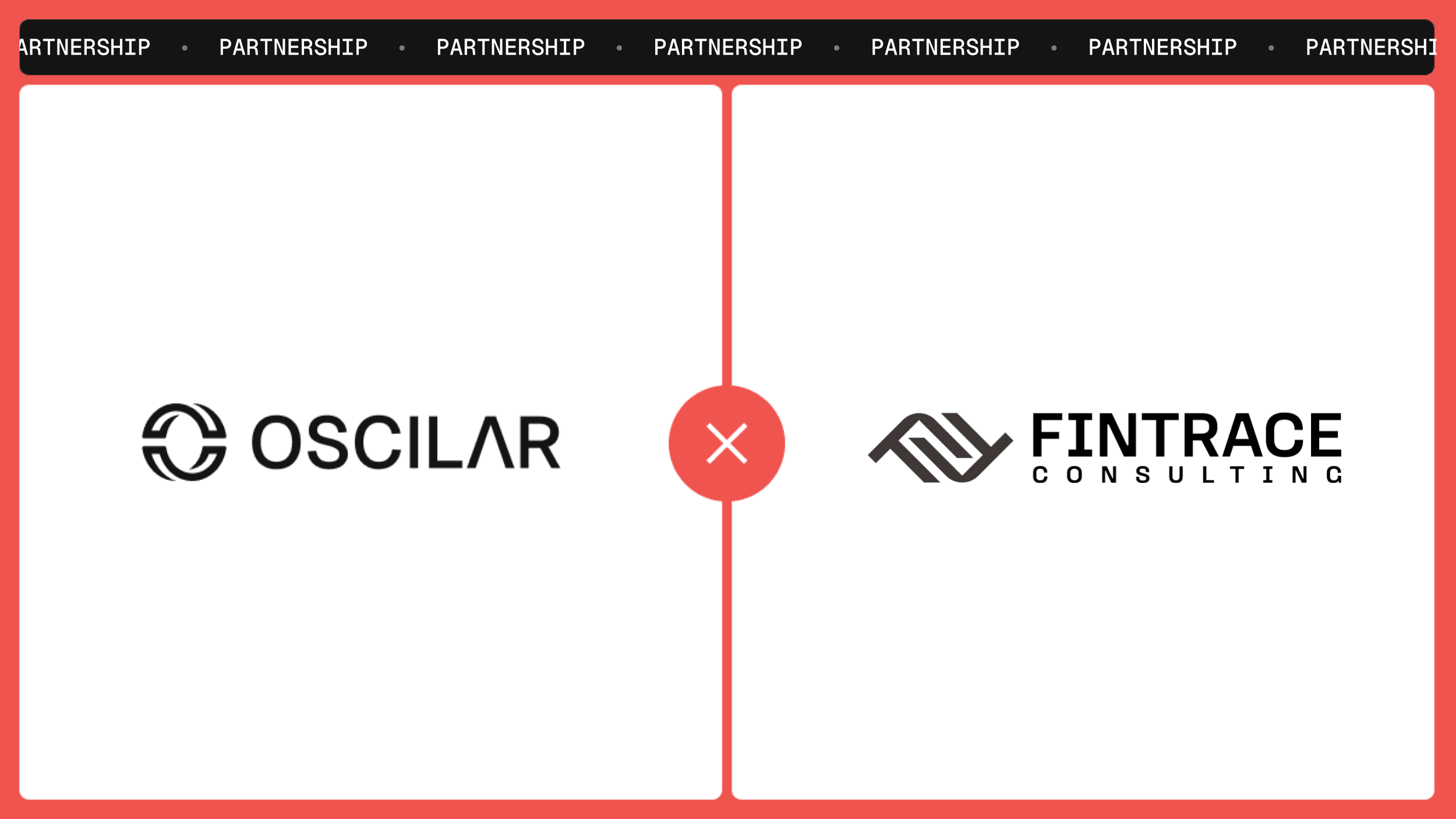Imagine seu assistente de IA não apenas encontrando produtos para você, mas também comprando-os de maneira segura. O novo Protocolo de Pagamentos de Agentes do Google (AP2) foi desenvolvido com esse futuro em mente. O AP2 cria contratos criptográficos que vinculam compras impulsionadas por IA diretamente ao humano que as autorizou: garantindo segurança, responsabilidade e uma trilha de auditoria verificável.
Isso é um grande avanço. Mas também altera o modelo de risco e fraude para pagamentos. Se máquinas podem transacionar em nosso nome, fraude, conformidade e responsabilidade também devem evoluir.
O que é o Protocolo de Pagamentos de Agentes do Google (AP2)?
Os sistemas de pagamento atuais pressupõem que um humano clica em "comprar". O AP2 redefine essa suposição com mandatos digitais:
Mandato de Intenção: O usuário autoriza o que o agente de IA pode fazer (por exemplo, “comprar sapatos abaixo de $100”).
Mandato de Carrinho: O item específico e o preço são fixados uma vez que são encontrados.
Ambos os mandatos são assinados criptograficamente. Juntos, formam uma trilha de auditoria segura e regravável que liga a delegação de um humano à ação de um agente. Comerciantes e provedores de pagamento podem verificar essa trilha antes de aprovar transações.
O resultado? Prova clara de quem autorizou o quê e menos ambiguidade quando agentes agem em nome das pessoas.
Por que os pagamentos AP2 são importantes para a indústria de pagamentos e risco
As implicações para o e-commerce e fintech são massivas.
Agentes como atores de primeira classe: Sistemas de IA precisam de identidade, atestação e reputação, assim como comerciantes e emissores.
Transações compostas: Cada pagamento mistura contexto do agente, dados do comerciante e informações do sistema de pagamento. Modelos de risco devem considerar os três.
Delegação e responsabilidade: Mandatos definem o que um agente pode fazer. A responsabilidade flui da cadeia de delegação: pessoa → agente → comerciante → pagamentos.
Análise de risco por item: Como agentes transacionam no nível de SKU, a análise de risco deve ser mais profunda do que "cartão + comerciante".
Auditabilidade: Evidência regravável é essencial para disputas, conformidade regulatória e confiança do consumidor.
Analistas da indústria estimam que mais de 50% dos gastos em e-commerce poderiam ser assistidos por agentes nos próximos anos. Isso é mais de $1 trilhão em transações mudando para um novo modelo, que não terá escala a menos que a camada de risco evolua em sintonia.
Como estamos pensando sobre AP2 e risco na Oscilar
Na Oscilar, vemos o AP2 como um elemento de força para reinventar a gestão de risco. A maioria dos controles de fraude hoje — como verificações de velocidade, autenticação escalonada e revisões manuais — está no ponto de transação e não terá escala em um mundo com compradores agentes de IA.
Em vez disso, a confiança deve estar incorporada a montante no mandato (contrato criptográfico) em si. Uma vez que essa delegação do usuário é assegurada, a execução entre agente, comerciante e sistema de pagamento pode fluir com o mínimo de atrito.
Aqui está como estamos adaptando nossa plataforma na Oscilar:
1. Identidade Digital do Agente
Criamos um ID de Agente alternativo da mesma forma que funciona a impressão digital de dispositivos hoje: combinando IP, cabeçalhos, estruturas de solicitação e padrões de uso. Isso forma um DNA digital estatístico que nos permite reconhecer e rastrear agentes entre sessões.
2. Perfil Comportamental e Pontuação de Confiança
Cada agente ganha uma pontuação de confiança comportamental baseada no manuseio de mandatos, taxas de sucesso de transações e frequência de disputas. Isso se torna um sistema de reputação de agentes, que se assemelha à forma como comerciantes e emissores são avaliados hoje.
3. Fluxos de Dados Compostos para Aprendizado de Máquina
O AP2 introduz um contexto de transação rico: Agente + Mandato + Comerciante + Sistema de Pagamento. A arquitetura de fluxo da Oscilar ingere esses dados em tempo real, alimentando modelos de ML que detectam anomalias.
4. Orquestração de Risco em Tempo Real
A Oscilar se torna a camada de decisão onde os sinais convergem para:
Validar mandatos (intactos, não revogados, dentro dos limites).
Avaliar a confiança do agente.
Pontuar o risco do comerciante e do canal de pagamento.
Entregar decisões de permitir / exigir autenticação escalonada / negar em milissegundos.
Isso não é uma adaptação de ferramentas antigas de fraude. A Oscilar é um sistema nativamente pronto para o AP2, projetado para agentes, mandatos e humanos como atores coiguais no grafo de risco.
Nosso objetivo? Fazer com que o comércio movido por agentes seja tão confiável e auditável quanto se o usuário tivesse clicado em "comprar" ele mesmo, sem desacelerar nada.
Olhando para o futuro: E-commerce com agentes de IA
O AP2 é um início ambicioso. Ele cria uma linguagem comum para pagamentos seguros movidos por agentes. Mas o verdadeiro desafio para a indústria está em construir confiança e responsabilidade em cima disso.
Na Oscilar, estamos focados em:
Fortalecer a identidade digital
Usar perfis comportamentais para criar sistemas de reputação de agentes
Aproveitar a orquestração em tempo real para garantir que cada compra iniciada por agentes esteja dentro dos limites aprovados pelo usuário e nada mais
Porque o futuro dos pagamentos não é apenas pessoas pagando pessoas, é pessoas delegando pagamentos a máquinas. E isso só escalará se a confiança for incorporada desde o início.









